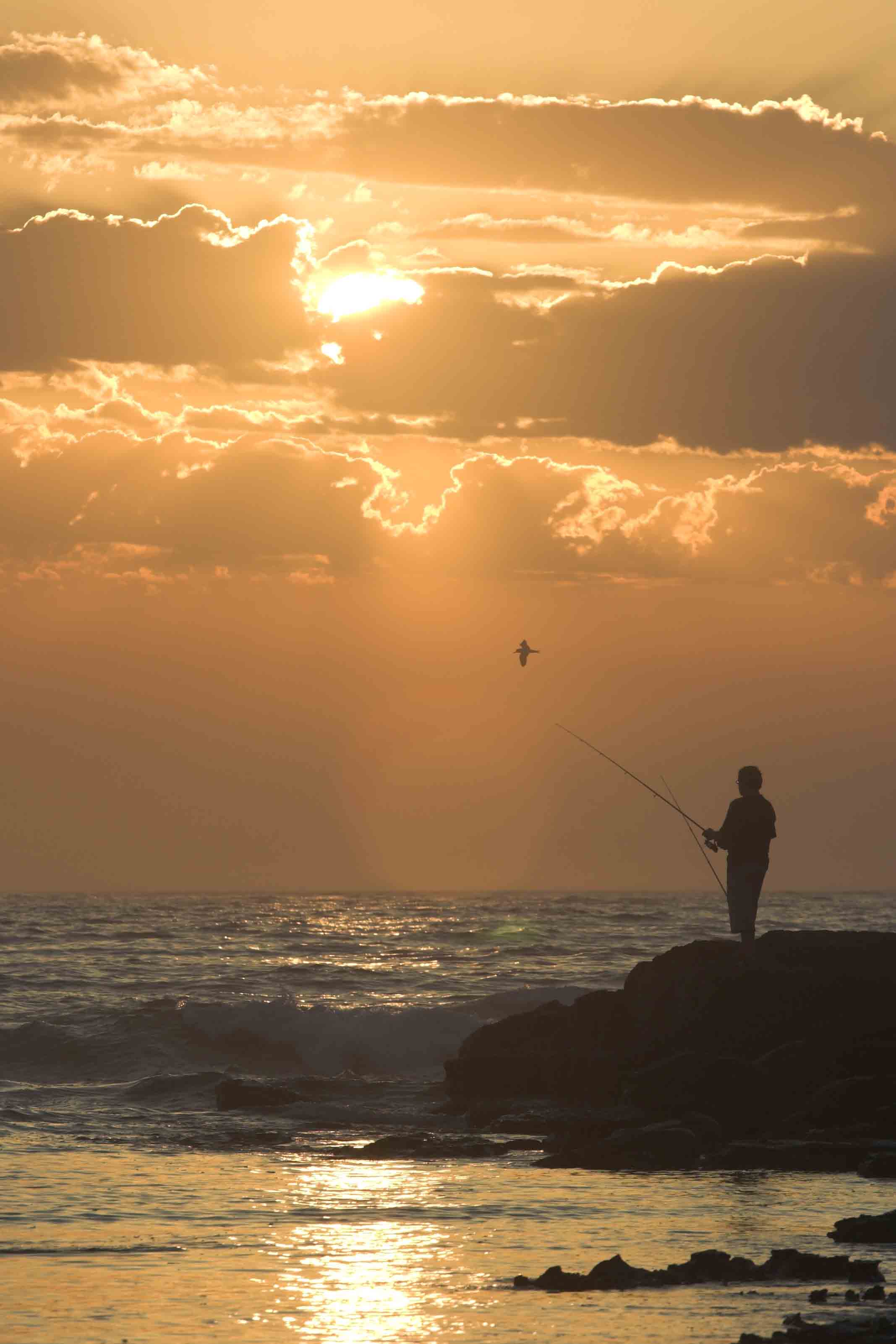Going with the flow: Why it pays to check the tides before heading for your favourite rock fishing spot
15 December 2015
Much has been written about the dangers of big waves for people fishing on exposed rock platforms. But it’s also worth keeping a wary eye on the tides, which can sneak up on the unsuspecting angler.
Rock fishing is a popular recreational activity and is also one of Australia’s most dangerous sports. Rock fishers need to be vigilant to the potential changes in wave behaviour as the tide rises and falls whilst they are fishing.
There are a number of safety checks rock fishers should undertake to make sure they are safe while fishing. Checking the weather and ocean conditions before you fish is one of these important checks. It will help you choose the safest fishing spot. This means checking the tides, the sea conditions, and the weather forecast before you go—and then spending some time watching the wind and the waves and talking to other anglers when you arrive, as recommended by Surf Life Saving Australia.
While a lot has been written about how large waves and swells can swamp rock platforms, much less is written—or understood—about how the tides affect wave behaviour with our shores. For rock fishers, the speed of the tide can often come as a surprise. At mid-tide—generally three to four hours after the tide has turned—the tide can rise by half a metre, in half an hour. You can be on dry rocks one minute, and then before you know it waves are surging onto your platform.
Experienced mariners usually have a deep-seated knowledge of the tides and meticulously study the tide tables, which combined with nautical charts, provide an accurate indication of localised water depths, as well as times when tidal currents are at their fastest. But for rock fishers—often consumed by the vision of a giant bream, blackfish or drummer—the state of the tides and changing wave behaviour may not always be front of mind.

A fisherman on the rocks at Burrill Lake beach, New South Wales, at sunrise.
Credit: Andrew Treloar, Bureau of Meteorology.
What causes the tides to turn?
Tides are caused by the gravitational forces exerted on the Earth by the moon and the sun. Because the Earth is rotating, the tides change over time. Most locations typically experience two high and two low tides each day—roughly six hours apart.
The difference between low and high tide is called the tidal range. Some places have larger tidal ranges than others (due to the shape of the ocean floor or coastline). The largest tidal range in Australia—and one of the biggest in the world—occurs at King Sound in northwest Western Australia, where the tidal range can reach 12 m. By contrast, the tides on the southern half of the East Coast generally have a range of 1.5–2 m.
Although tides are one of the Earth’s most regular phenomena, tide heights can also be affected by changing water levels linked to local weather. Strong offshore winds can move water away from the coast, exaggerating low tides and reducing high tides, while onshore winds can have the opposite effect—piling water onto the shore and dramatically increasing the height of low and high tides. High-pressure systems can also depress sea levels, bringing clear sunny days with exceptionally low tides, while low-pressure systems associated with cloudy, rainy conditions often bring tides that are higher than predicted.
Keeping track of the tides
The tide usually travels much faster on the mid-tide and incoming tides tend to bring larger waves. But for those fishing on low rocks next to the sea, it can potentially cut you off from the shore—or expose you to breaking waves.
Over many hours a fisher may be unaware of the slowing changing water level of the tide and how this affects wave behaviour. As the tide drops, waves may begin to break more frequently in front of where you are fishing as the water becomes shallower, whereas a rising tide may make the waves surge onto the rock platform all of a sudden.
There are many factors that influence the waves, which can spring a surprise on the unsuspecting angler. It always pays not only to check the weather forecast but the tides and local sea conditions before you pick your fishing spot.
Bureau services
Weather safety checks for rock fishing
Tide predictions for Australia
Marine forecasts and information
More information
NSW Government: General safety checks for rock fishing
Surf Life Saving Australia: Safety tips around rock platforms


Comment. Tell us what you think of this article.
Share. Tell others.